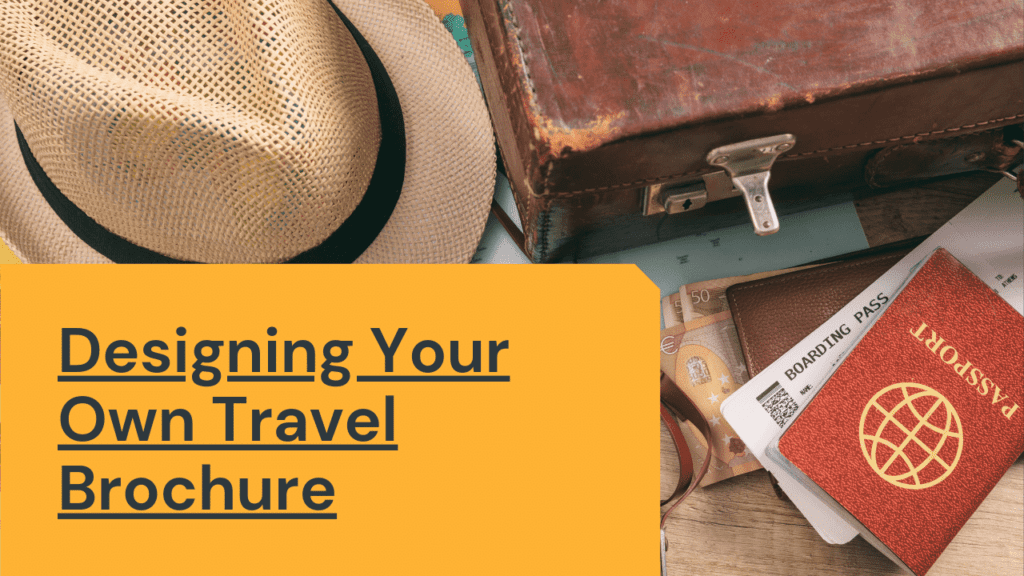Every business, whether large or small, should have a travel brochure on hand. Why? Because brochures, unlike maps or tabloids, tell customers more about your company than a map or advertisement does. When people use a brochure to plan a trip, they can find out the nearest hotel, airport, restaurant, and other attractions in one glance. That means more conversions from sales to new clients!
When planning a travel business, consider creating travel brochure materials to distribute to customers before they arrive. Print them using desktop publishing software or a quality digital printer. Your design should be attractive and informative, without being overwhelming. For example, if you sell rental cars, list every makes and models along with their prices, what extras they come with, and where to get the best deals. A travel brochure may contain all this information, but it would be useless unless customers understood how to use it. After all, that’s why you’ve created the booklet – to help them plan their next vacation!
In addition to the information in the travel brochure, another important component is the imagery. Imagery refers to photos, illustrations, or other graphic design that shows the most common use of your products or services. This may include a photo of your equipment, your office, your employees, your warehouse, your premises, or anything else that might demonstrate your company’s usefulness to potential customers. Having good imagery will convince a client that he or she truly needs your products or services rather than those offered by a competitor.
One way to keep the reader’s interest in your travel brochure is to customize it to match your destination. Choose a complementary color scheme, theme, and graphics to guide them through the rest of the copy. If your destination isn’t specifically mentioned in the copy, insert images that pinpoint the location. An image of the city or country as a whole is even better because it illustrates exactly how visitors can reach your destination.
The third thing your travel brochure needs to have is marketing collateral. This refers to everything in between the images and the text that make up your travel leaflets. This includes background information, headlines, subheadings, bullet points, etc. The purpose of marketing collateral is to ensure that readers are properly guided through your booklet. In other words, if your brochure doesn’t have enough information, it won’t get read!
Finally, it’s time to put together the actual content of your travel brochure. Create a general idea of the main points, then weave interesting examples of your specialty into the text. At the same time, be sure not to put together too many different points. Remember that your objective is to get more people through your travel leaflet, so limit yourself to a single point per paragraph. However, you need to be sure that your message stays above the fold-this means that it’s easy for readers to get the idea without having to re-read the entire piece.
You also need to use a template to put together the various pieces of information and design components. A flat plan template is perfect for this job, as it allows you to separate each part of your travel brochure in different places and align them on your template. It also gives you a clean look, which will help you separate the boring parts from the most important ones. If you’re not familiar with using a template, an online service like iFree Rider could be helpful.
Designing your own travel brochure can be fun, but there are a few things that can help. For example, when you’re designing the brochure itself, think about where you want readers to focus their attention when they first look at the leaflet. If you want to get people interested in your brochure, make sure that you have a compelling destination story lined up. You can also use the size of the leaflet to help with this. If you have a large destination graph in the front of the brochure, that will encourage people to read it quickly, and they’ll be ready to plan their vacations before even opening the brochure.




